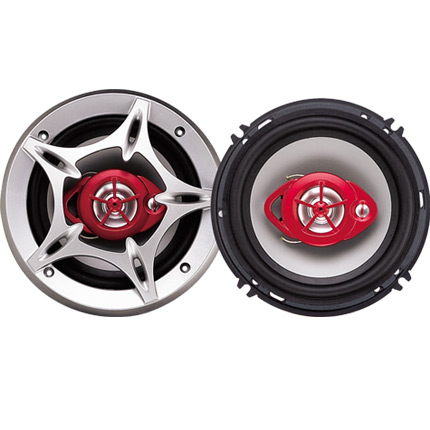push pull throttle cable
Understanding Push-Pull Throttle Cables Mechanisms, Applications, and Importance
In the realm of mechanical engineering and automotive design, the intricacies of cable systems often govern the effectiveness and efficiency of engines. Among the various types of cables utilized in machinery, the push-pull throttle cable stands out as a vital component in controlling the throttle system of engines, particularly in vehicles and small engines. This article delves into the mechanism, application, and significance of push-pull throttle cables, providing insight into their functionality and impact on performance.
What is a Push-Pull Throttle Cable?
A push-pull throttle cable is a mechanical cable system that allows for the manipulation of the throttle control in various types of engines. It consists of two primary functions pushing and pulling the throttle lever, which regulates the airflow (and thus power output) to the engine. The design of the cable typically involves a flexible outer sheath that houses an inner wire. When the driver accelerates the vehicle, the cable pulls (or pushes) the throttle open or closed, allowing the engine to increase or decrease its power output as required.
Mechanism of Action
The operation of a push-pull throttle cable is relatively straightforward but relies on precise engineering to ensure efficiency and responsiveness. The cable is connected to the accelerator pedal at one end and the throttle body at the other. When the accelerator pedal is depressed, it engages a lever that pulls the inner wire of the cable. This movement translates to the throttle body, which opens the throttle plate. Conversely, when the pedal is released, the tension is released, and a return spring in the throttle body closes the throttle.
The advantages of using a push-pull cable system include simplicity of design, low cost, and reliability. Unlike electronic throttle control systems, which rely on sensors and actuators, push-pull cables usually feature fewer points of failure, making them an attractive option for both manufacturers and consumers.
Applications in Automotive Design
push pull throttle cable

Push-pull throttle cables are primarily seen in automotive applications. They are commonly employed in a variety of vehicles, including cars, motorcycles, boats, and lawn equipment. In cars, these cables connect the gas pedal to the throttle body, allowing drivers to regulate their speed smoothly. In motorcycles, throttle cables are vital in providing instant acceleration responses, enhancing the overall riding experience.
Beyond vehicles, push-pull throttle cables also find their place in industrial applications, such as control systems for machinery and equipment in industries like agriculture, construction, and manufacturing. For instance, in farming equipment, these cables ensure operators have precise control over the engine’s power output, which is paramount for effective operation.
Importance of Push-Pull Throttle Cables
The significance of push-pull throttle cables in modern engineering cannot be overstated. Effective throttle control directly influences an engine’s performance, efficiency, and emissions output. Poorly functioning or failing cables can lead to compromised throttle response, which can adversely affect vehicle safety and drivability.
Moreover, as the automotive industry evolves with a growing emphasis on efficiency and environmental responsibility, the role of throttle cables is set to adapt. While electronic throttle systems are on the rise, push-pull cables remain advantageous in certain applications for their simplicity and ease of replacement. Additionally, with the increasing interest in vintage and classic vehicles, the demand for push-pull throttle cables remains robust.
Maintenance and Troubleshooting
To ensure the longevity and reliability of push-pull throttle cables, regular maintenance is necessary. This includes inspecting the cables for fraying, corrosion, or binding. Proper lubrication of the inner wire can also enhance functionality and reduce wear. If problems are detected, such as a sticky throttle or one that does not return to its resting position, replacement of the cable may be necessary.
In summary, while push-pull throttle cables may seem like a simple component in the overall design of engine control systems, their importance cannot be overlooked. They embody the crucial link between the driver and the machine, translating driver input into engine response. By understanding the mechanics, applications, and significance of these cables, one can appreciate the engineering marvels that contribute to the functionality of vehicles and machinery alike. As technology progresses, the classic push-pull throttle cable continues to play an essential role in ensuring precision and control in various engine applications.
-
Understanding Cable Hand Brake Systems: Key Differences and ImportanceNewsMay.28,2025
-
The Role of Throttle Levers and Cables in Lawn EquipmentNewsMay.28,2025
-
The Importance of Custom Made Handbrake CablesNewsMay.28,2025
-
Mastering Gear Performance: The Importance of Changing Gear CablesNewsMay.28,2025
-
Clutch Cable Assembly: Essential Insights for Vehicle MaintenanceNewsMay.28,2025
-
Accelerator Push-Pull Cable vs. Hydraulic Throttle ControlNewsMay.28,2025
